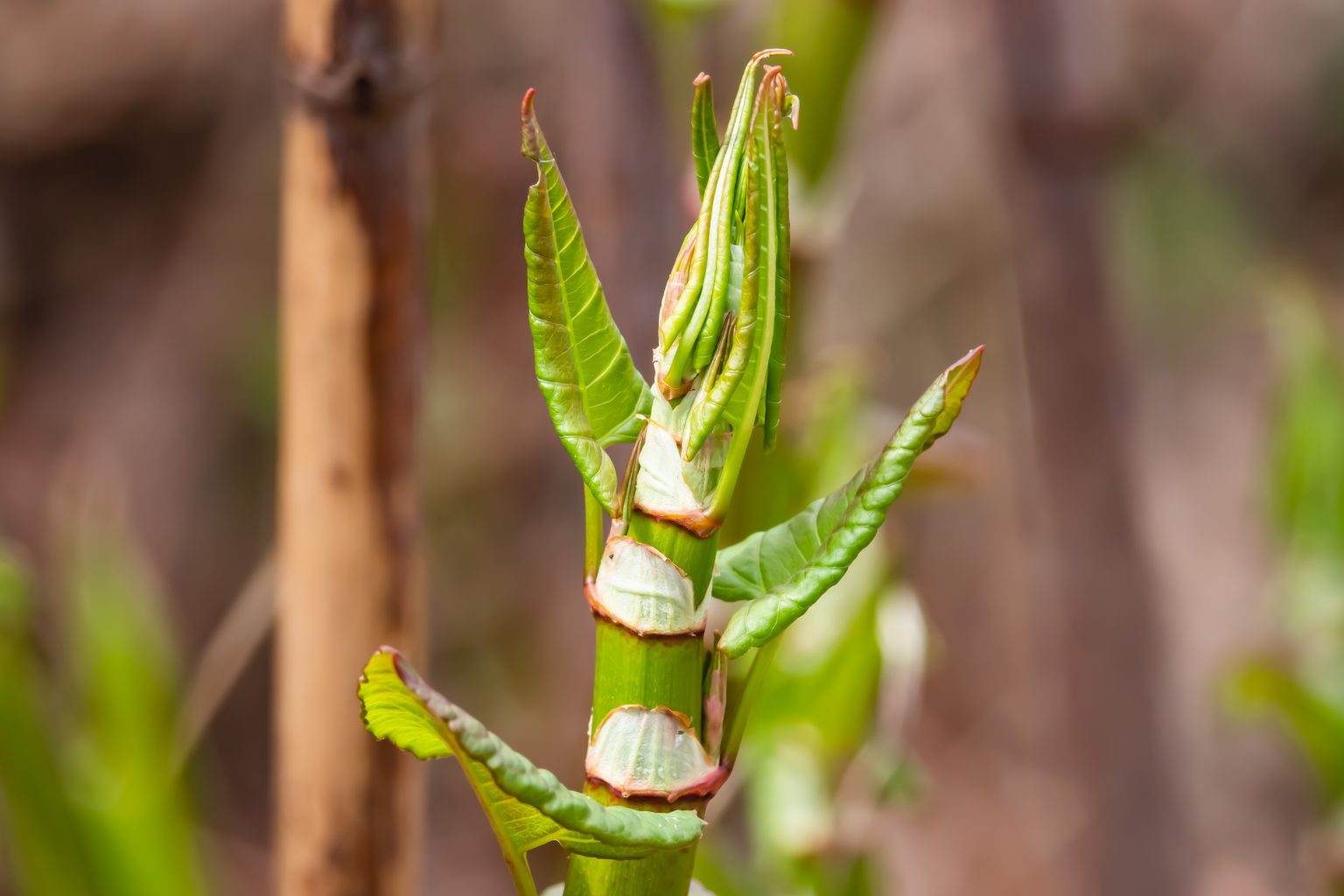Common Defects
Japanese Knotweed & Subsidence Issues
Japanese Knotweed, also known as JKW, originated in Asia, with its growth controlled by environmental factors.
However, here in the UK, Japanese Knotweed has no natural predators, and due to its rapid growth (up to 10cm per day), it outperforms other native plants. When Japanese Knotweed is left to become overgrown, it is thought that emerging shoots can start to exploit weaknesses in brickwork, metal piling and even disrupt and damage tarmac. We have never seen Japanese Knotweed actually lead to serious subsidence cracks, or structural damage, but there is a perceived risk to buildings by the public. In our opinion, ‘Media Hype’ seems to have inflated the risk and this has led to many unnecessary claims being brought against Surveyors and has caused Homeowners much distress. However, due to the Media Hype, if you find Japanese Knotweed, it could cause some problems when coming to sell your property in the future. However, with a proper treatment plan and guarantee in place, there shouldn’t be any issues significant any most Mortgage Companies will offer lending on the property.
If you are concerned about Japanese Knotweed, it is best to contact a Specialist Firm, who identify this type of plant on a daily basis. On our Survey inspection, we will search for Japanese Knotweed, but we are not experts in this field and the plant can be very difficult to spot, particularly in the winter months. Due to the perceived risk to buildings and the Media Hype, we always recommend you have a separate specialist’s investigation. Once you receive a Specialist’s report, confirming that there is no Japanese Knotweed, you should qualify for indemnity insurance, which you can obtain from your legal advisor, which will help cover you against the plant growing in your garden in the future.

Identifying Japanese Knotweed
This nuisance of a plant can be identified as it has a distinctive spade or heart-shaped leaf during the summer months. As the weather gets colder, you should be able to spot Japanese knotweed by its zig-zag shaped stem from which the leaves grow out of. However, the plant can be easily mistaken for other shrubs.
In late summer, you will see white or cream coloured flowers that appear in clusters. The roots of this plant can spread several metres and are typically visible aboveground. However, many homeowners mistake Japanese knotweed for shrubs, trees, bamboo, ornamental bistorts or bindweed. So if you suspect that you have Japanese knotweed, contact a Specialst, who can clarify which plant you’re dealing with.
Removing Japanese Knotweed
Removing Japanese knotweed is very difficult; cuttings as small as 2mm can lead to new growth. The plant is classified as controlled waste and, as such, requires removal by a licensed waste carrier as prescribed according to the Environmental Protection Act (Duty of Care) Regulations 1991.
For a property buyer, the presence of Japanese knotweed can cause issues getting a mortgage when purchasing a property, if an adequate removal plan and guarantee are not in place. However, each lender has their own guidance regarding JKW and what action needs to take place prior to lending on a property that has knotweed.

Common lender prerequisites are:
- To remove the JKW from the property and grounds. However;
- the company undertaking removal works must hold Property Care Association membership,
- a 5-year herbicide treatment plan with monitoring must be in place, and
- a 10-year insurance backed guarantee covering the work done must be issued.
Beware Of The Financial Risk Of Japanese Knotweed
We had an interesting case in March 2021 where we inspected a property, and there was no knotweed to be found. We had taken photographs of the grounds to show this. However, the client moved into the property in May 2021 (only 3 months later), and several large Knotweed bushes were growing out of the side of the building, at the base of the side elevation wall. Clearly a cause for concern for any homeowner, given the Media Hype, especially in relation to subsidence cracks and structural concerns. Unfortunately, the client’s mortgage company pulled out after the client had signed the contract! We were told that the client was going to lose their deposit and then incur the costs of removing the plant. The costs to remove Japanese knotweed can be extensive.
Even if Japanese knotweed is not found during your Gold Crest survey, or, if we suspect it may be present and/or has been cut back or hidden by a vendor, we will recommend a specialist Japanese knotweed survey by a local Property Care Association JKW expert is undertaken. This should happen prior to exchange of contracts so that you understand the potential cost implications of taking on such a property.
Due to such cases, as described above, we strongly recommend you obtain specialist advice, even if we do not see the plant at the time of the inspection. If you obtain a specialist’s report that confirms no knotweed is present, this should qualify you for indemnity cover to insure you against any future losses
Try our Instant Quote Portal…
Whether you’ve noticed a potential issue within a property that you’re thinking of buying, or you’d like to arrange an independent UK property valuation report, our highly experienced chartered surveyors can help.


